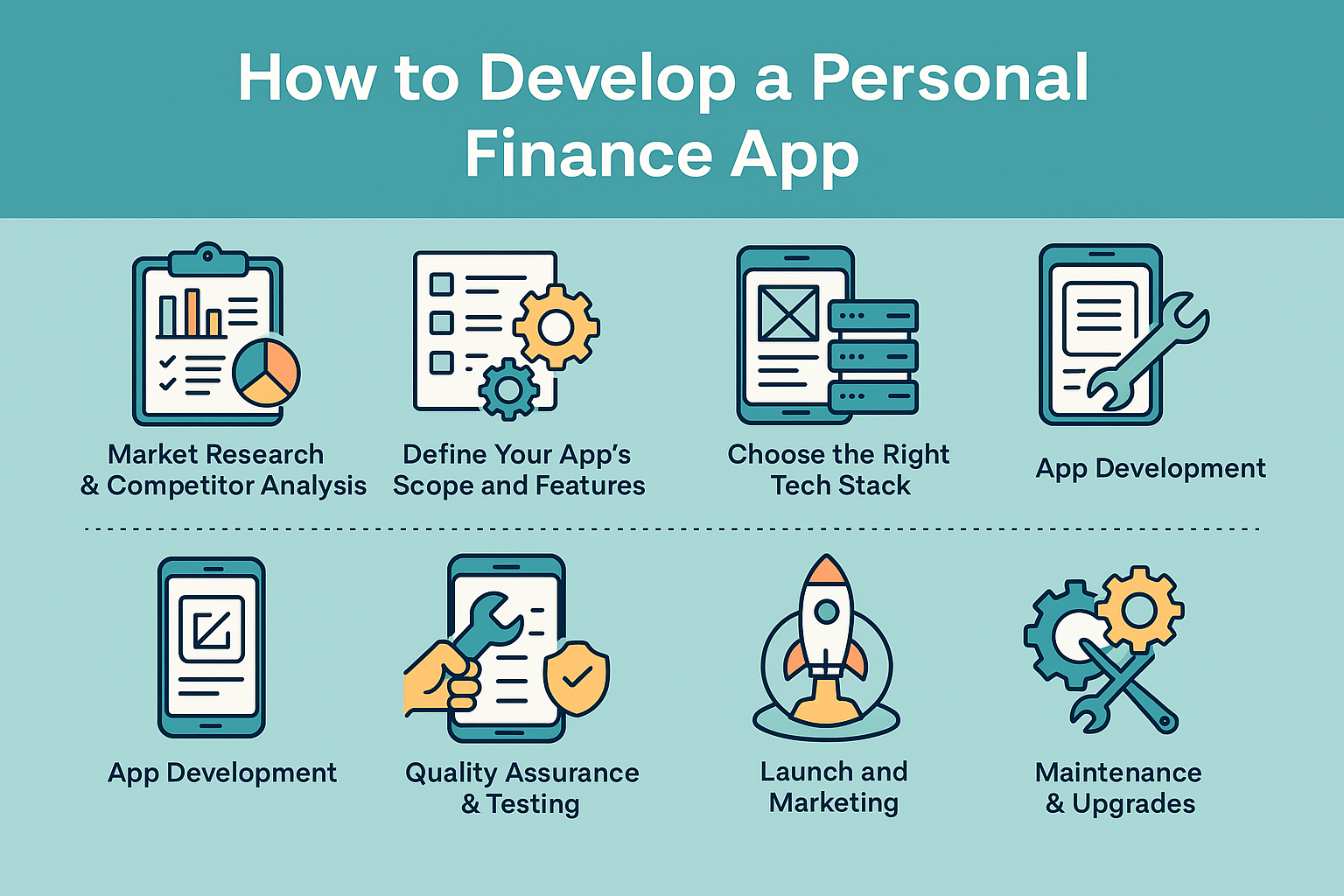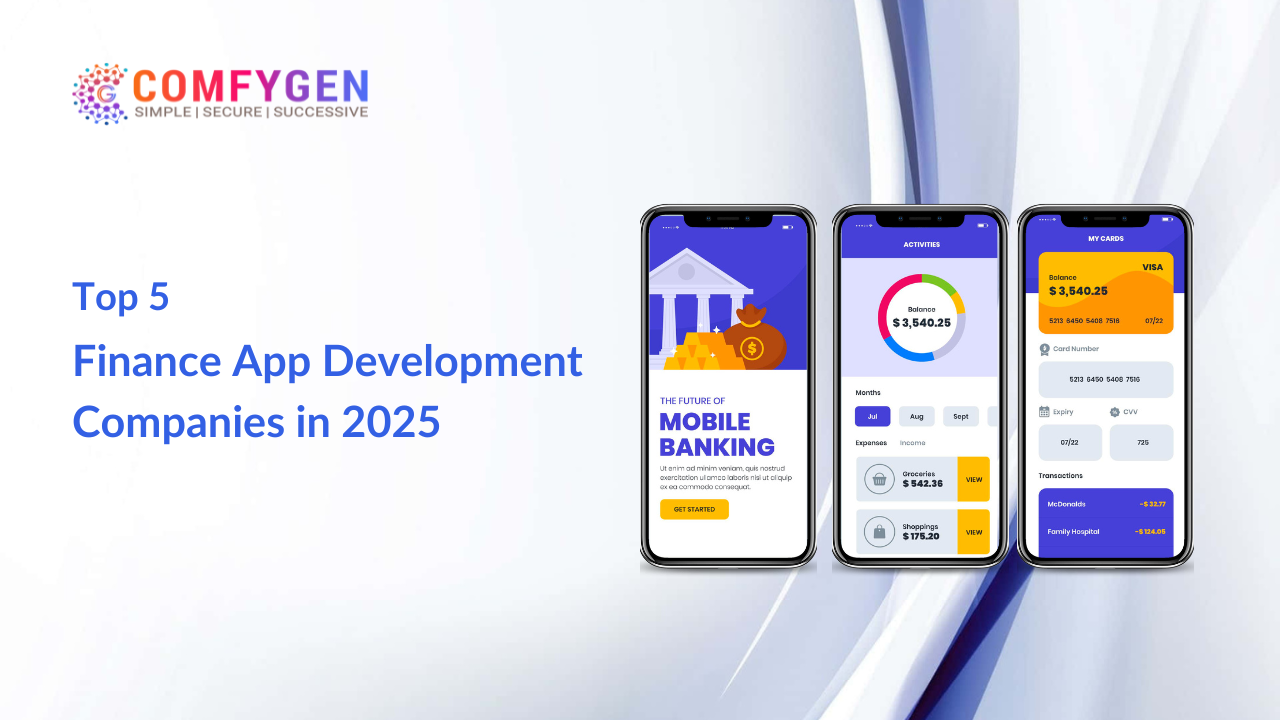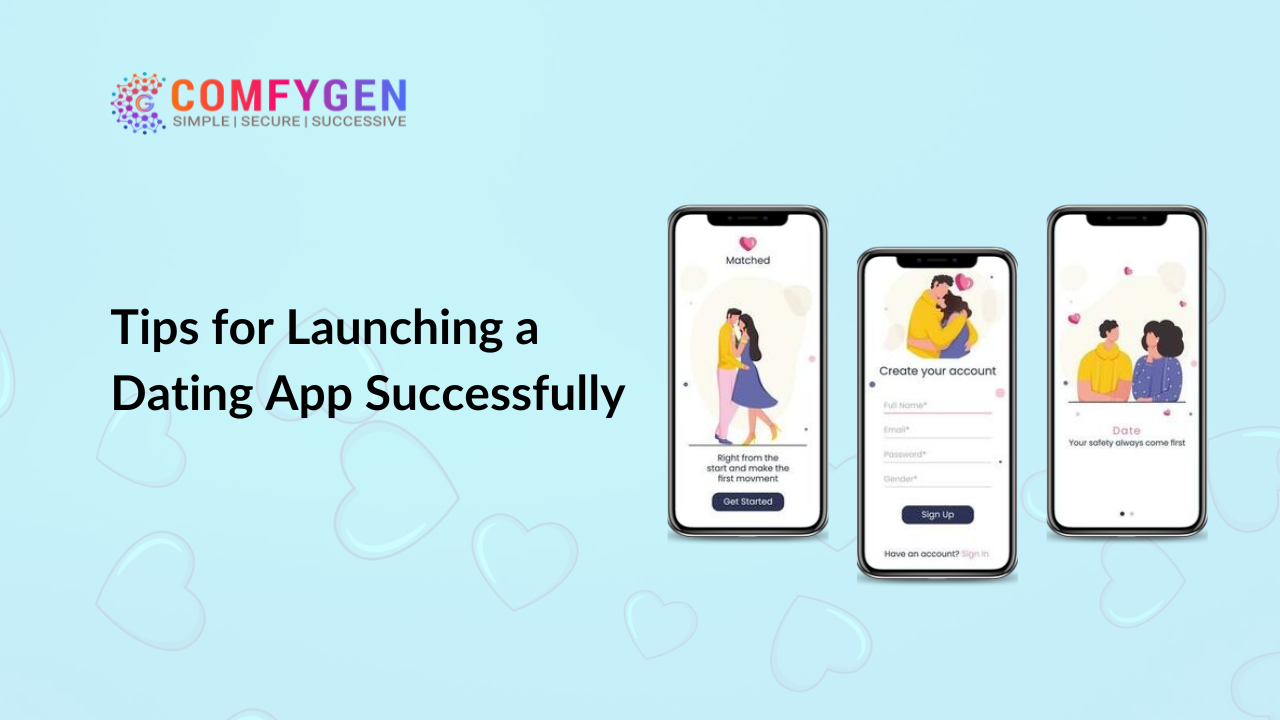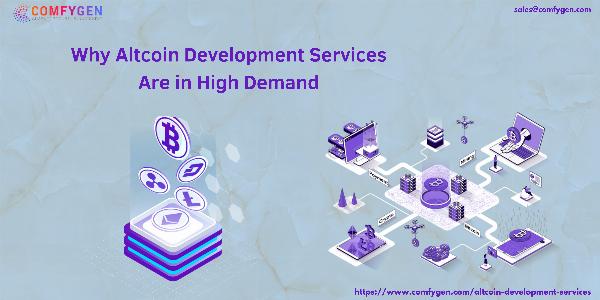How to Develop a Personal Finance App Successfully

Strong 8k brings an ultra-HD IPTV experience to your living room and your pocket.
In today's digital-first world, managing money efficiently has become a priority for individuals across all age groups. This growing demand has led to the rise of personal finance apps that empower users to track expenses, manage budgets, save smartly, and invest wisely. If you're planning to enter this market, understanding the process of personal finance app development is key to ensuring your app’s success.
In this article, we’ll cover everything you need to know about developing a personal finance app.
What is a Personal Finance App?
A personal finance app is a mobile application that helps users manage their financial activities, including budgeting, expense tracking, investments, savings, credit score monitoring, and bill payments. These apps offer a consolidated view of a user’s financial status, making money management more accessible and transparent.
Why Build a Personal Finance App?
With the rise of digital banking and financial literacy, users are increasingly turning to mobile solutions for financial planning. Building a personal finance app offers:
- A scalable business model
- Opportunities for monetization via freemium models and in-app purchases
- High user retention through value-driven features
- A chance to make a real impact on users’ financial well-being
Key Features to Include in Personal Finance App Development
To create a successful and competitive personal finance app, it’s essential to integrate features that offer real value to users. The following components not only improve functionality but also elevate user experience and retention.
1. User Registration & Profile Management
This feature enables users to securely create accounts, manage their personal information, and customize preferences. Offer login options via email, phone, or social media for flexibility. Ensure secure authentication using OTPs or biometrics (like fingerprint or Face ID) for data protection.
2. Expense & Income Tracking
A core functionality in personal finance apps, this allows users to manually or automatically log their income and expenses. Use categorization (food, rent, transport) and visual indicators (charts, graphs) to help users understand their spending patterns over time.
3. Budget Planning Tools
Help users set monthly or weekly budgets for different categories. The app should alert users when they’re nearing or exceeding their limits. Visual tools like progress bars and spending charts can make budgeting more intuitive and goal-oriented.
4. Bank Account Integration (via APIs)
Using APIs like Plaid or Yodlee, users can sync multiple bank accounts, credit cards, and digital wallets into the app. Real-time syncing allows for up-to-date financial insights, automatic transaction categorization, and easier financial tracking.
5. Automated Bill Reminders
Avoid missed payments by sending users notifications for upcoming bills such as rent, utilities, or subscriptions. These reminders can be set manually or synced through bank statements. This feature improves financial discipline and reduces late payment penalties.
6. Reports & Analytics Dashboards
Offer detailed reports that break down a user’s financial habits. Monthly summaries, category-based spending graphs, and income-expense ratios help users visualize progress and make informed decisions. Custom filters enhance usability and data segmentation.
7. Investment Tracking
Allow users to monitor their investment portfolios, including stocks, mutual funds, crypto, and retirement savings. Real-time data feeds, market insights, and performance summaries help users keep track of ROI and rebalance their portfolios when needed.
8. AI-Based Financial Recommendations
Incorporate AI to deliver personalized tips, such as spending advice, saving goals, or investment suggestions. Machine learning models can analyze patterns and offer actionable insights, enhancing user engagement and financial literacy.
9. Data Security & Encryption
Since financial data is highly sensitive, strong security measures are non-negotiable. Implement end-to-end encryption, SSL certificates, two-factor authentication (2FA), and secure cloud storage to ensure compliance with regulations like GDPR or PCI DSS.
10. Push Notifications
Timely push notifications can inform users about spending alerts, low balances, budget limits, or financial tips. They also boost engagement and help users stay in control of their finances without actively checking the app.
Step-by-Step Process for Developing a Personal Finance App
If you're wondering "How can I build a personal finance app?", here’s a simplified development roadmap:
1. Market Research & Competitor Analysis
Before starting development, analyze current market trends and study your competitors. Identify what users like, what’s missing, and what your app can offer that’s unique. This research forms the foundation of your strategy and helps shape your value proposition and core feature set.
2. Define Your App’s Scope and Features
Clarify what your app aims to solve and what functionalities it will include. List essential features like budgeting, expense tracking, or bill reminders. Defining the scope early ensures development stays focused and aligns with your target audience’s expectations and financial needs.
3. Choose the Right Tech Stack
Work with the best personal finance app development company to select suitable technologies. Choose the right frontend, backend, and database platforms based on your budget, scalability needs, and security requirements. The right tech stack impacts your app’s performance, speed, and future scalability.
4. UI/UX Design
A user-friendly and visually appealing interface is crucial. Your design should be clean, easy to navigate, and aligned with your branding. Use intuitive navigation and visuals that simplify complex data. Good UI/UX directly impacts user retention and satisfaction in personal finance app development.
5. App Development
This stage involves building the app’s core functionalities, connecting APIs (such as bank integrations), and implementing logic. The development phase includes both frontend (user interface) and backend (server-side logic). Ensure the app is responsive, secure, and compatible with multiple devices and operating systems.
6. Quality Assurance & Testing
Rigorous testing identifies bugs, performance issues, and security vulnerabilities. Test on multiple devices and operating systems to ensure smooth functionality. Use both manual and automated testing tools to validate each feature, ensuring a seamless and safe experience for your app users.
7. Launch and Marketing
After successful testing, launch your app on app stores like Google Play and Apple App Store. Invest in digital marketing, social media campaigns, and press releases. Gather early user feedback to make quick improvements. A strategic launch boosts visibility and downloads significantly.
8. Maintenance & Upgrades
Post-launch, monitor app performance, fix bugs, and release regular updates. Add new features based on user feedback and tech advancements. Ongoing personal finance app development services ensure your app remains competitive, secure, and aligned with evolving financial regulations and user needs.
Cost of Building a Personal Finance App
The cost of building a personal finance app can vary depending on several factors, including:
- App complexity and features
- UI/UX design customization
- Tech stack and platforms (iOS, Android, or both)
- Integration of third-party services (e.g., banking APIs)
- Development location and team experience
On average, a basic finance app can cost between $20,000 to $60,000, while a fully-featured app with AI integrations may exceed $100,000. Partnering with an experienced personal finance app development company can help optimize your budget while delivering a quality product.
Why Choose a Personal Finance App Development Company?
Opting for professional personal finance app development services ensures:
- Expert guidance from ideation to deployment
- Scalable and secure architecture
- Faster time-to-market
- Post-launch support and maintenance
- Regulatory compliance and data protection
A reliable development company brings the technical expertise and financial domain knowledge necessary to build a high-performing and user-friendly finance app.
Conclusion
Developing a personal finance app is a strategic move in today’s app-driven economy. With the right planning, tech stack, and development partner, you can build an app that helps users take control of their finances and drive business growth.
If you're still wondering, "How can I build a personal finance app?", the best step is to consult a leading personal finance app development company like Comfygen. We specialize in personal finance app development services tailored to meet your business objectives and user needs.
Note: IndiBlogHub features both user-submitted and editorial content. We do not verify third-party contributions. Read our Disclaimer and Privacy Policyfor details.







